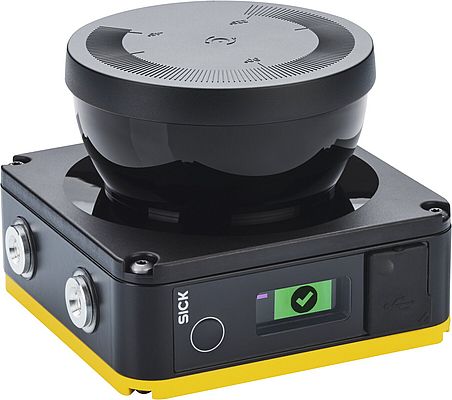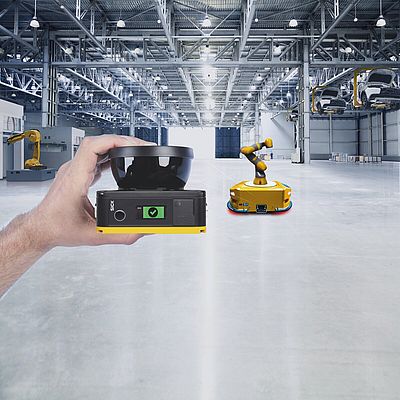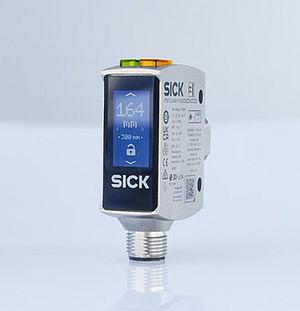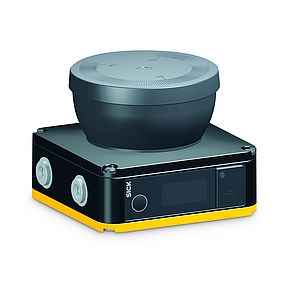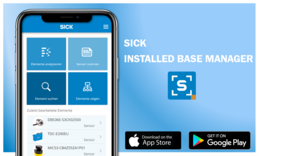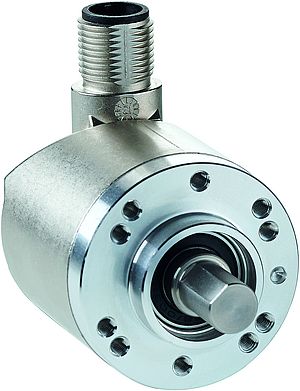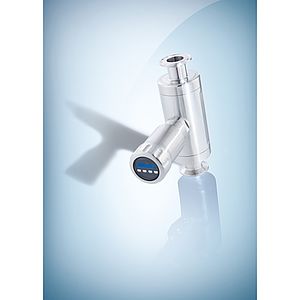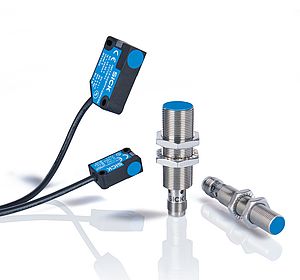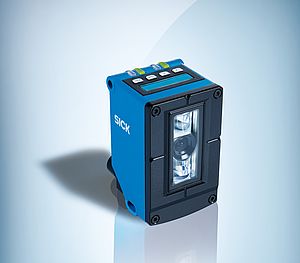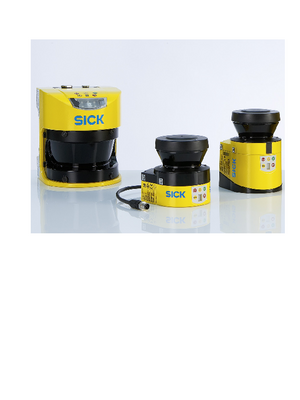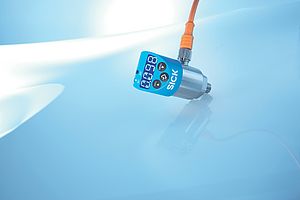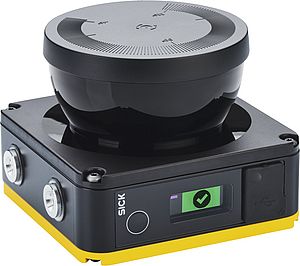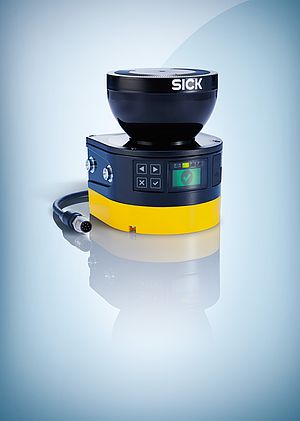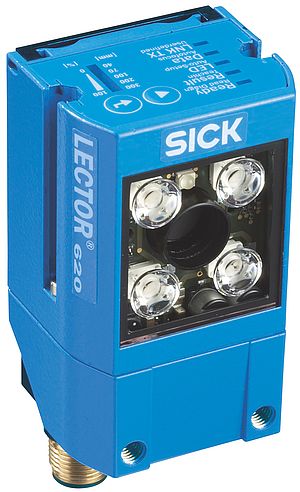Technologically and in view of the many thousands of safety laser scanners already in use, Sick has been the recognized market leader worldwide in this area for more than 20 years. The new nanoScan3 is the most compact device in Sick’s portfolio, with the smallest sensor height available in the market today of just 80 mm. The nanoScan3 combines smart safety functions, for example protective fields that can be dynamically switched via encoder signals, with an excellent measurement accuracy. This guarantees, on the one hand, maximum detection reliability. It also delivers precise measurement data on the distance and direction of surrounding objects, which can be used to localize the vehicle. This makes it a multifunctional enabling technology for innovative vehicle concepts.
Compact design a decisive factor
The nanoScan3 was developed specifically for the field of intralogistics, where automated guided vehicles of different kinds are becoming increasingly small, maneuverable and versatile. With its dimensions of just 101 x 101 x 80 mm, the 2D safety sensor is one of the smallest safety laser scanners of its kind in the market. This enables it to fit into even the most compact vehicle dimensions, for example drive-under vehicles. The nanoScan3 also offers a scanning angle of 275°. When mounted at diagonally opposite corners on the vehicle, this enables a horizontal 360° allround protection to be implemented. The nanoScan3 opens up additional design flexibility thereby supporting innovative concepts for small automated guided vehicles, platforms and carts.
Safe, optically rugged and reliable
The new nanoScan3 is a logical adaptation of the detection performance, functionality and industrial capability of its “big brother” microScan3 to the specific technical requirements involved in integrating sensors into small automated guided vehicles. Despite the extremely compact external dimensions, it was possible to integrate the safeHDDM® scanning technology, which was developed and patented by Sick, into the significantly smaller 2D safety sensor. This high-resolution digital process for safety-related time and distance measurement, which sends out more than 170 times as many laser pulses as other safety scanners based on the time-of-flight measurement technology, offers a range of advantages in particular in mobile applications.
For example, the multi-pulse process in combination with the special, digitized evaluation method enables considerably more stable measurements values to be generated – and thus persons to be detected particularly reliably – without the values being masked by interference signals from, for example, dust and contamination. Thanks to the integrated safeHDDM® scanning technology, nanoScan3 laser scanners also achieve an especially high ambient light immunity of up to 40,000 Lux.
They makes them practically immune to dazzle, whether it be from bright sunlight shining through an open factory door, or from the high-frequency, artificial ambient lighting typically used in many warehouses and company-internal transport routes. Other light sources shining directly into the optics also do not affect the reliable detection of persons. Maximum optical ruggedness is also guaranteed – and therefore maximum reliability when protecting and localizing automated guided vehicles.
Tiered sensor concept
The nanoScan3 safety laser scanner with its Core I/O and Pro I/O variants caters for different application requirements and integration needs. For example, the Core I/O system features two configurable monitoring cases as well as an OSSD output. The nanoScan3 Pro I/O is available for more dynamic applications. It offers up to 128 monitoring cases, two OSSD pairs, as well as encoder inputs for dynamically switching monitoring cases. The Pro I/O variant therefore offers numerous possibilities for optimally integrating automated guided vehicles into the environment both in terms of safety and performance.
Smart performance features
Whether it be the Core I/O or Pro I/O – both versions of the nanoScan3 come with a range of additional smart features. For example, information for quick diagnostics are visualized with status LEDs and on a display. More detailed diagnostic data are displayed in the Safety Designer software. It is also possible to save up to 100 events in the nanoScan3 and analyze this data in order to optimize the configuration. This increases the productivity of the vehicle and minimizes unforeseeable faults and downtimes.
Patrick Hochleitner, Product Manager in the Industrial Safety Global Business Center of SICK AG, Waldkirch



